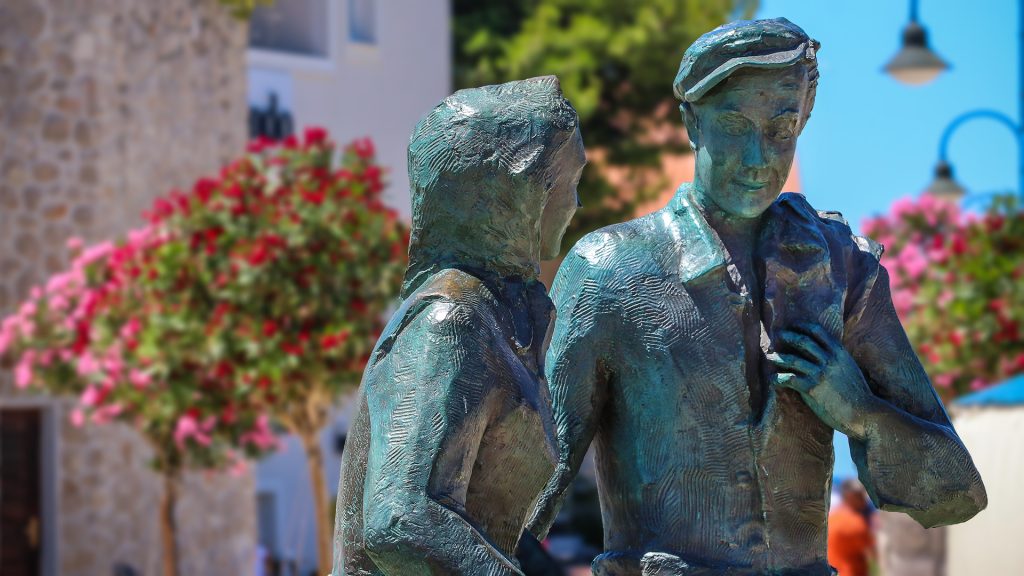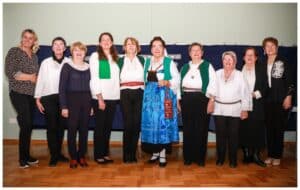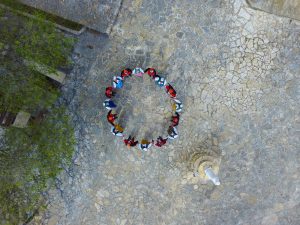“The barren land guards its treasure, it doesn’t give much, but what it does give, is worth three times more.” These are the words from a well-known Dalmatian song giving us an idea of what it must have been like to work the land in the past. The Primošten region, also known as Dry Headland due to very little rainfall, is extremely rocky (karst terrain) with little soil. To grow anything in such conditions, the people of Primošten made small plots of land (vlačice) by manually removing rocks to harvest all available soil in one place where they would then do the planting. If they managed to find more soil in one spot, they would use donkeys to take the surplus to other places needing more. Land prepared in this way, where small patches of soil are surrounded by rocks that were dug out to find the soil, resembles lace. The best example of such stone lace can be seen on the hill Bucavac where the Babić variety of black grapes are grown. Every drop of wine produced from these grapes testifies to the hard work, determination and persistence of the Primošten peasant.
In honour of the Primošten peasant, a monument was erected in 2007 near the entrance into the Old Town (Pisak) and is the work of sculptor Marko Gugić.







